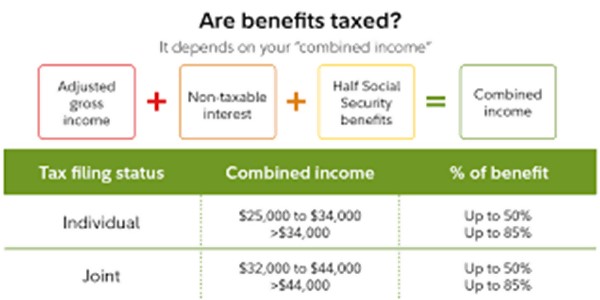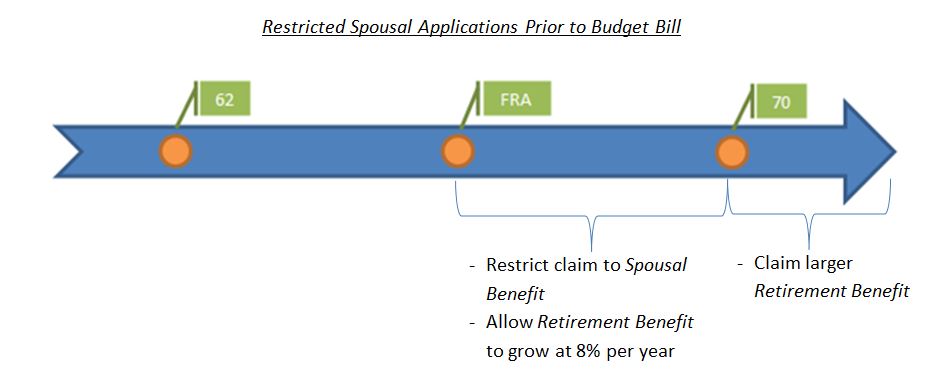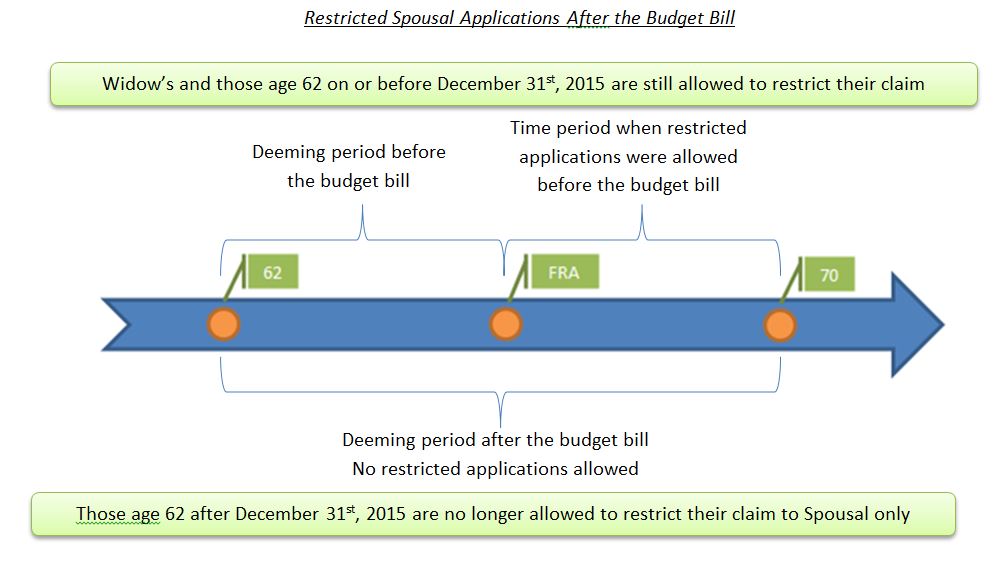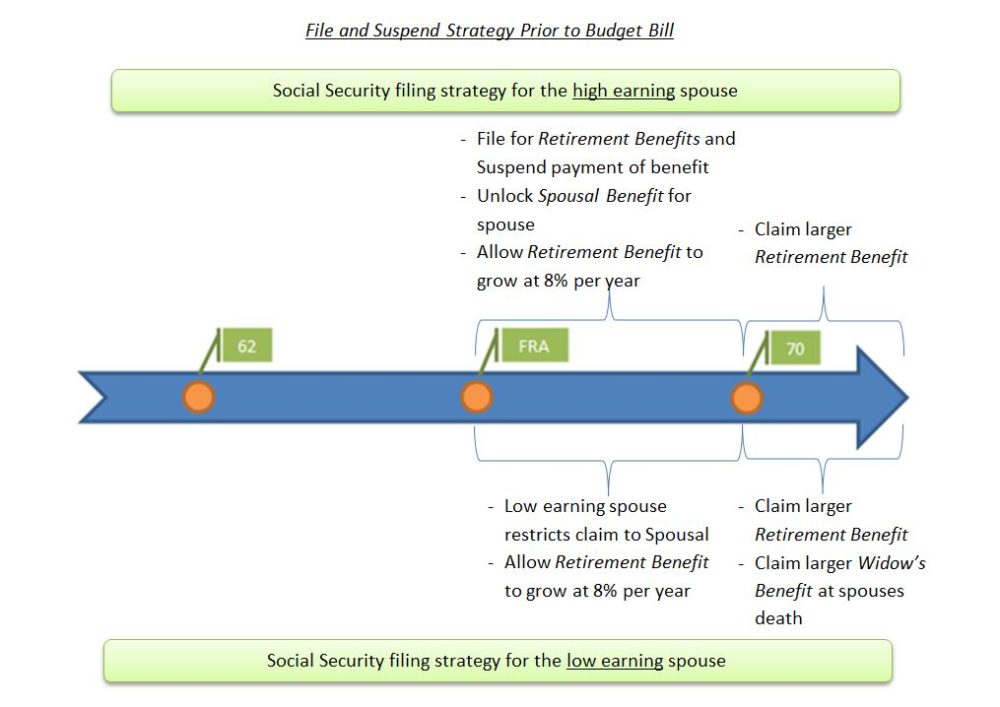By Chris Stein M.S., CFP® | October 16, 2020
A reader would like to know about how COVID-19 will impact his Social Security benefits.
“I was planning to retire in the next twelve months. I was born in 1960, so I turned 60 this year. I plan to delay my Social Security benefit until age 70. Each year, I use Social Security’s calculator to estimate my benefit at 70 if my earnings end in 2020. The estimate has been pretty consistent for many years. I recently read an article that said because I was born in 1960, I should expect my Social Security benefit to suffer a permanent 13% reduction because of Coronavirus’s economic effects and how the Social Security benefit is calculated. It has to do with the Average Wage Index (AWI). Is this really possible, and is it actually going to happen? How you would adjust the estimated Social Security benefit for a client that turns 60 this year. Should I just lop off 13% from my calculations?”
Anyone born in 1960 is probably listening very closely. And I don’t blame you.
You asked if COVID-19 could cause a reduction in Social Security benefits. Yes, it can because of the way those benefits are calculated. Those calculations use your Average Indexed Monthly Earnings (AIME). AIME attempts to approximate a lifetime of earnings using today’s wage levels as a benchmark.
By “indexed,” we mean adjusted for inflation, specifically wage inflation, not price inflation. The Cost of Living Adjustments (COLAs) that Social Security beneficiaries get most years are based on prices: the Consumer Price Index or CPI. A lot of people mix those two up.
The AIME calculation indexes your past earnings and adjusts them for wage inflation. It ensures that your benefit accruals keep up with inflation and general pay increases during your working life. For wage inflation, they use the Average Wage Index (AWI). They take all of the people who filed W-2s for income from a job at any time in one year (say 2020). That gives them the total number of wage-earners. Then they take the total amount of wages that were paid that year, and they calculate the average wage for 2020. They’ve done the same for 2019, 2018, and back to when they started doing this.
The wage inflation statistic is used to adjust all of your earnings. It also adjusts the “bend points” used in calculating your Primary Insurance Amount (PIA). We’ve gone into great detail elsewhere on how Social Security benefits are calculated. But, briefly, bend points are where you have replaced 90%, 32% or 15% of different portions of your AIME.
For this discussion, to understand how someone’s benefits could be vulnerable, if there is an AWI decline – negative growth in wages for 2020 – that will affect your AMIE calculation, which, in turn, will also affect your PIA.
Some of the calculations I’ve seen are predicting a 13% permanent reduction. So, you’re thinking, why is this only happening to people born in 1960?
First, it’s a one-year blip called a “notch” year, something unique that happens one year that affects only people born in one (or two) years. People born afterward will likely not feel a permanent impact because wages are likely to bounce back in subsequent years (2021, 2022 and 2023, for example), and the increase will compensate for the short-term loss. If you were born before 1960 or after 1960, you wouldn’t notice the event because the impact gets smoothed out.
But 1960 is going to take a permanent hit. And why is it permanent? Because in 2020, people born in 1960 are 60 years old. That’s the last year of your wages that are indexed for inflation. So, depending on if you are retired, any wages you may or may not have next year (when you’re 61) will not be adjusted. That means the bounce-back that you might have gotten– that the economy might see in wages in 2021 – you will not get if you were born in 1960.
I am not as concerned as those waving big red flags on the internet to get you to click and read their articles. That’s because Congress hasn’t weighed in on this – and they can fix this. There are lots of things they could do.
For example, Congress can cause a single-year adjustment to how the wage index adjustment is calculated. They can also have Social Security ignore the wage index adjustment for 2020, calling it an anomaly. Or Congress could say, “Let’s calculate the AWI for 2020 based only on the first quarter. Just look at January, February and March.” That would solve this essentially.
This issue is getting more and more attention, so, hopefully, some conversations are happening on Capitol Hill to solve it. The real consumer protection advocates are likely bouncing around some ideas about how to avoid this.
I’d put this issue in the “unfair” category because it’s merely due to how a calculation is made. But it’s not the first time. Something similar happened in 2008-2009, but the impact was only 1.51%, so no action was taken.
[FYI: Source for 2009 stat: https://www.forbes.com/sites/ebauer/2020/06/24/social-security-explainer-how-are-average-wages-calculatedand-how-that-affects-your-benefits/#56b69f164752]
But here’s why 2020 is such an issue. As we said, the calculation totals up all employment income reported for the year and divides it by all the workers who worked at some point during the year. The number of people working in early 2020 was high; each person will get a W-2 and be counted as workers. If they only worked in the first quarter, though, their wages for the year will be super low.
So, the numerator (the total wages paid in the economy) will be a lot lower than usual. Yet the denominator (the ‘divided by’ number of workers) is still going to be full-sized. And the Social Security calculation was never designed to accommodate something like this. That’s the fundamental issue.
Why do I think Congress will step in? Because a lot of people were born in 1960 – in fact, about 4.25 million. And this situation is genuinely unfair to them specifically and represents significant financial harm. I don’t have a crystal ball, but we’ve seen Washington make some pandemic-related allowances recently in situations that were far less unfair.
[FYI: Source for population: https://www.infoplease.com/us/population/live-births-and-birth-rates-year]
Enough complaints from constituents would make a difference. Start writing to your congresspeople now: Senators and House Representatives. Say, “Hey, take care of this.” Or call them. Get your friends and family to call them, too. Put pressure on them to fix it.
There is often action on Capitol Hill that we don’t hear about while it’s in process. We are monitoring the situation closely. If we learn of anything new, we will bring it up immediately.





 As many of our readers know, we are advocates of ensuring there is enough secure income
As many of our readers know, we are advocates of ensuring there is enough secure income





 For quite some time now there has been a movement afoot to “privatize” Social Security. The argument for privatization promotes the view that individuals would be able to generate far greater lifetime income if they did not have to contribute to Social Security. The premise is based on the belief that if workers were allowed to direct what would have been their Social Security contributions into their own investment account (perhaps a 401(k) or similar tax qualified retirement account) they could later use that money to buy a stream of guaranteed income through an income annuity and generate far greater lifetime income than currently offered through Social Security. Unfortunately, the privatization argument tends to ignore the critical difference in how Social Security calculates your lifetime stream of guaranteed income and how a private insurance company prices guaranteeing a retiree a lifetime stream of income.
For quite some time now there has been a movement afoot to “privatize” Social Security. The argument for privatization promotes the view that individuals would be able to generate far greater lifetime income if they did not have to contribute to Social Security. The premise is based on the belief that if workers were allowed to direct what would have been their Social Security contributions into their own investment account (perhaps a 401(k) or similar tax qualified retirement account) they could later use that money to buy a stream of guaranteed income through an income annuity and generate far greater lifetime income than currently offered through Social Security. Unfortunately, the privatization argument tends to ignore the critical difference in how Social Security calculates your lifetime stream of guaranteed income and how a private insurance company prices guaranteeing a retiree a lifetime stream of income.


